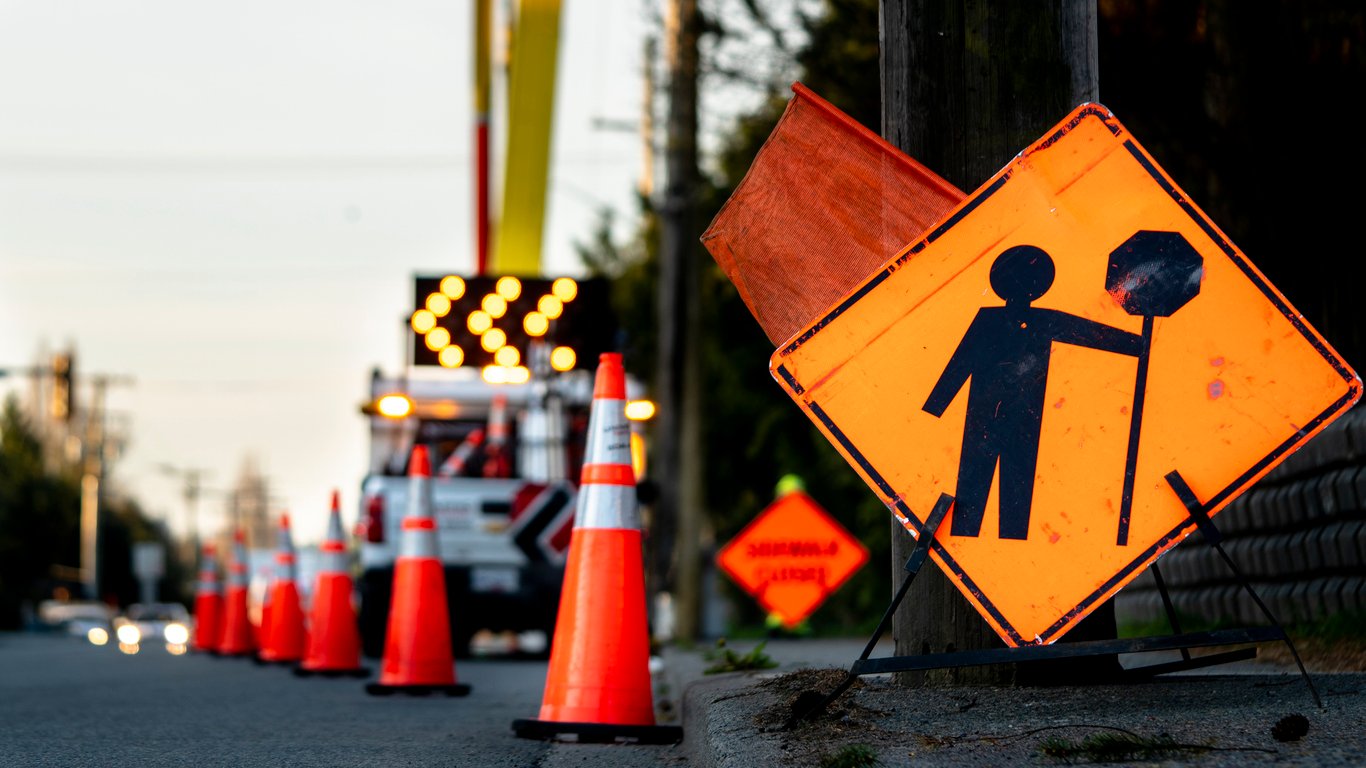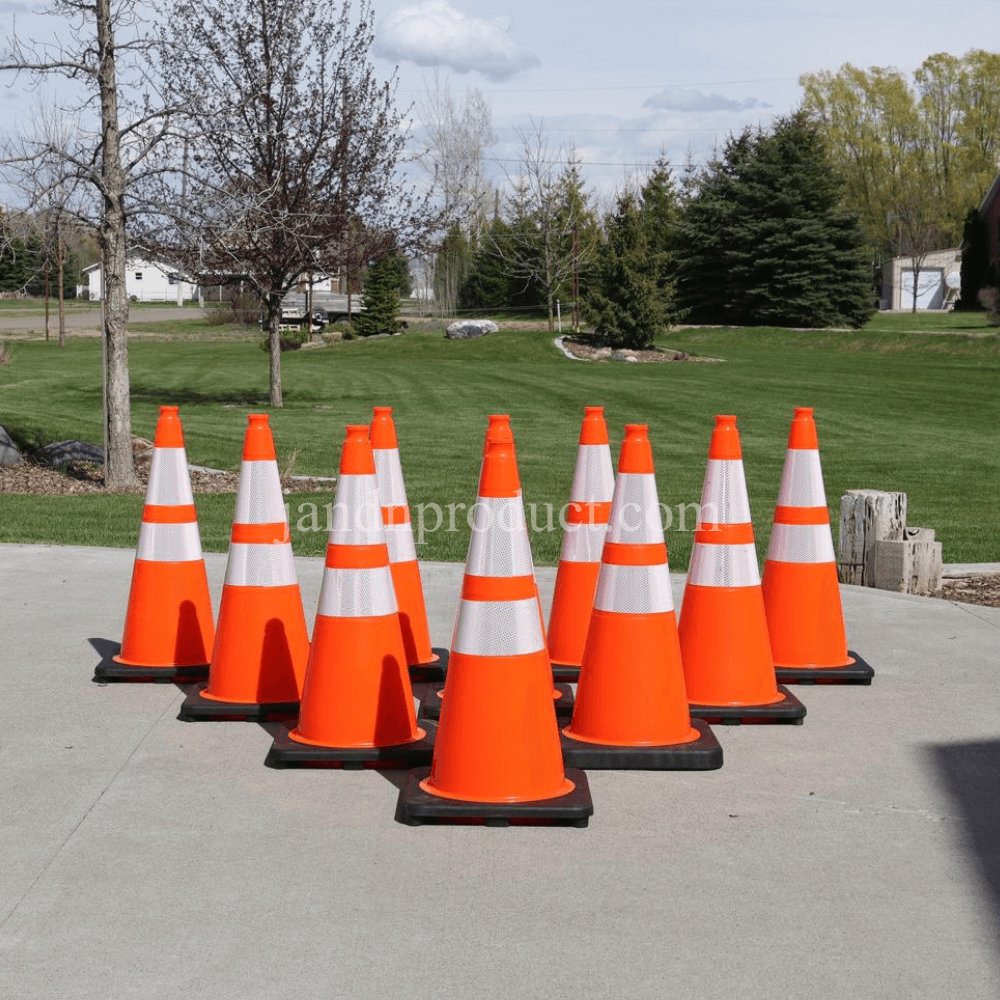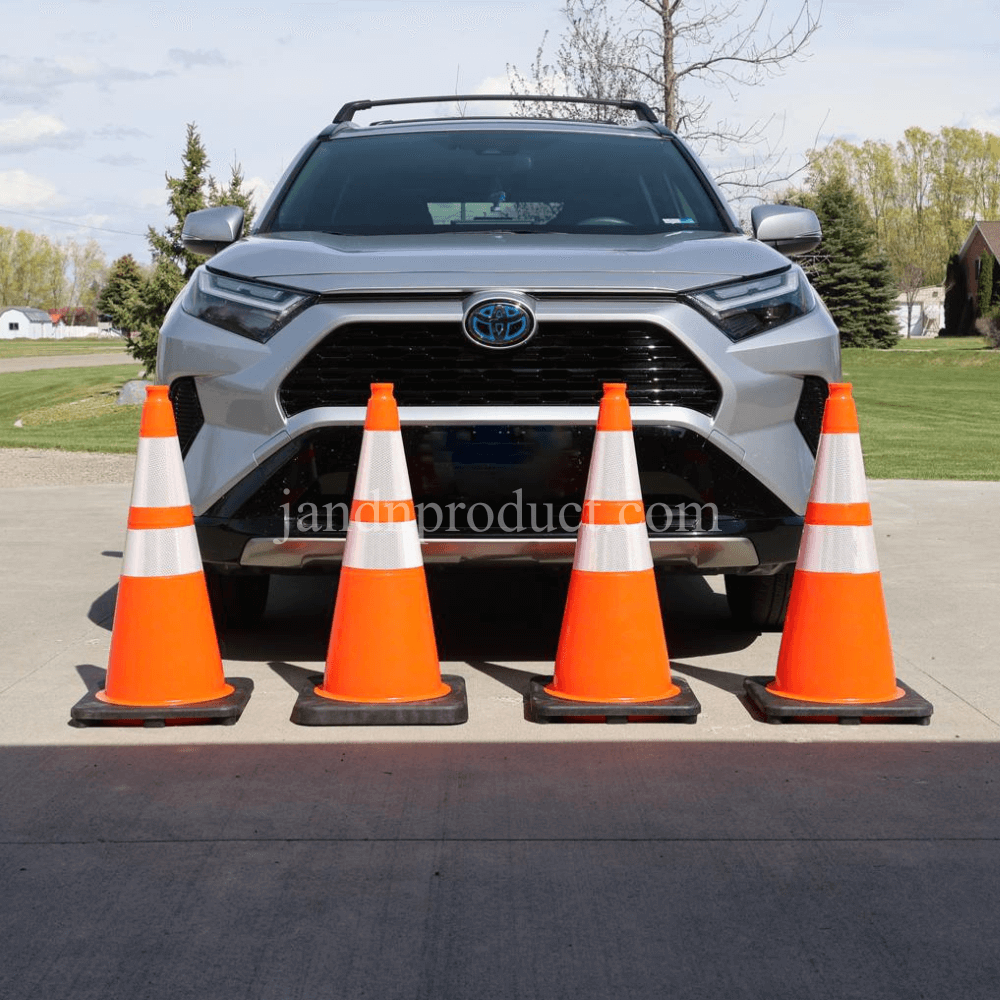Traffic Cones: More Than Just Orange Plastic – A Complete Buyer’s Guide
Traffic cones are an essential tool for roadway safety, construction sites, and event management. While they may seem simple, selecting the right traffic cone involves understanding materials, regulations, and specific applications. In this guide, we break down everything you need to know about traffic cones, including types, materials, industry standards, and how to choose the best option for your needs.
Why Traffic Cones Matter for Road Safety
Traffic cones serve as visual barriers to control traffic, direct pedestrians, and prevent accidents. Their high visibility and portable design make them a crucial safety tool in various industries, from road construction to parking lot management.
They are frequently used in roadwork zones to mark temporary lane changes and hazards. Parking lots also benefit from their presence, as they help direct vehicles and reserve spaces. In event management, cones assist in crowd control and pedestrian guidance. Emergency responders rely on them to create temporary blockades in hazardous areas, and schools use them to ensure safe drop-off and pickup zones.
Types of Traffic Cones
Not all traffic cones are created equal. Different situations require different types of cones based on size, material, and reflective properties.
Standard Orange Traffic Cones
The most common type of traffic cone is bright orange, typically ranging from 18 to 36 inches in height. Made from durable PVC or rubber, these cones are designed to withstand weather conditions and minor impacts while remaining highly visible.
Reflective Traffic Cones
For nighttime or low-visibility conditions, reflective traffic cones are essential. These cones feature high-intensity reflective bands that comply with Federal Highway Administration (FHWA) requirements. They are necessary for high-speed roads and work zones where visibility is crucial for safety.
Weighted Base Traffic Cones
High-wind areas and high-speed traffic zones require weighted base cones to prevent tipping. These cones are commonly used in construction sites and along busy roadways.
Collapsible Traffic Cones
Emergency responders and law enforcement often use collapsible traffic cones due to their portability. These cones are ideal for situations requiring quick deployment and easy storage, such as roadside assistance or vehicle breakdowns.
Colored Traffic Cones
While orange is the standard color, cones also come in blue, green, yellow, and red, each serving specific purposes. Blue cones mark restricted areas, green cones indicate environmental or safety training zones, yellow cones signify general caution, and red cones are used in emergency situations or fire lanes.
Choosing the Right Traffic Cone for Your Needs
Selecting the best traffic cone depends on several factors, including height, weight, and compliance with safety regulations. Height is particularly important, as traffic cones used on roadways with speeds over 45 mph must be at least 28 inches tall, according to the Manual on Uniform Traffic Control Devices (MUTCD).
Weight and stability also play a role in effectiveness. Lightweight PVC cones are suitable for short-term projects, while rubber-based or weighted cones provide more stability in challenging conditions. Reflectivity is another factor to consider. If working in low-light environments, choosing cones with high-intensity reflective bands is necessary for visibility.
Traffic Cone Maintenance and Longevity
Proper care extends the lifespan of traffic cones and ensures their effectiveness. Storing cones in a dry area, away from direct sunlight, helps prevent fading and brittleness. When cones accumulate dirt or grease, cleaning them with mild detergent and water restores their visibility. Damaged cones with cracks or significant wear should be replaced immediately to maintain safety standards.
Where to Buy High-Quality Traffic Cones
When purchasing traffic cones, it’s important to choose a supplier that offers durable, compliant options at competitive prices. J&N Product provides a wide selection of traffic cones suited for various industries, ensuring safety and reliability. Their inventory includes MUTCD- and OSHA-compliant options, bulk pricing for large orders, and fast shipping to keep projects on schedule.
Traffic cones play a crucial role in road safety, construction, and event management. Whether you need cones for highway traffic control, parking lots, or emergency response, choosing the right size, material, and reflectivity level is key. For high-quality, compliant traffic cones, check out J&N Product’s selection today!





